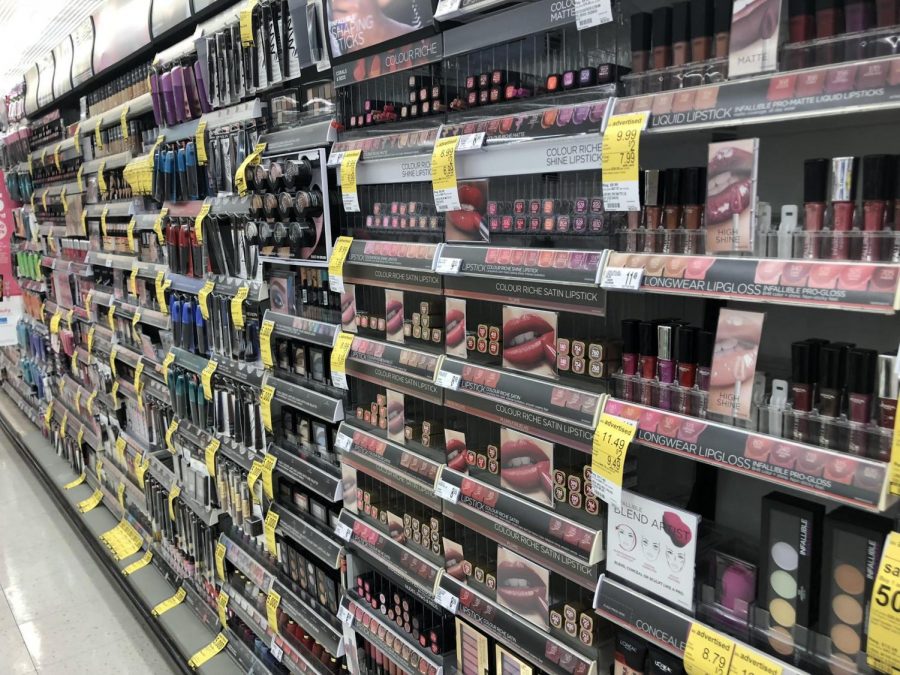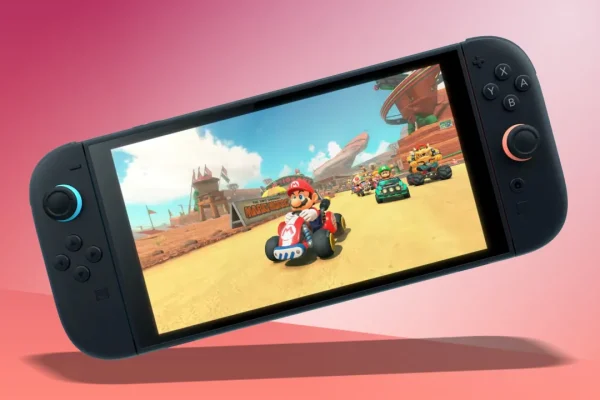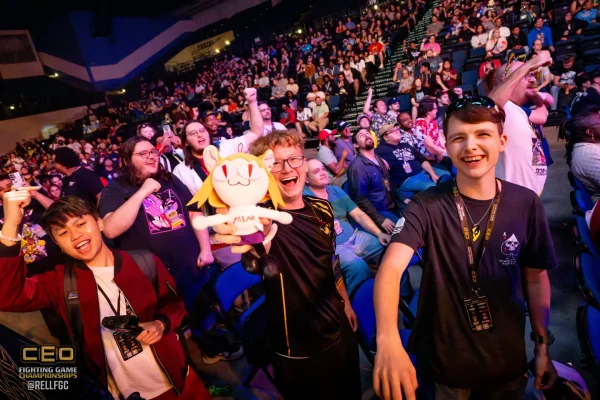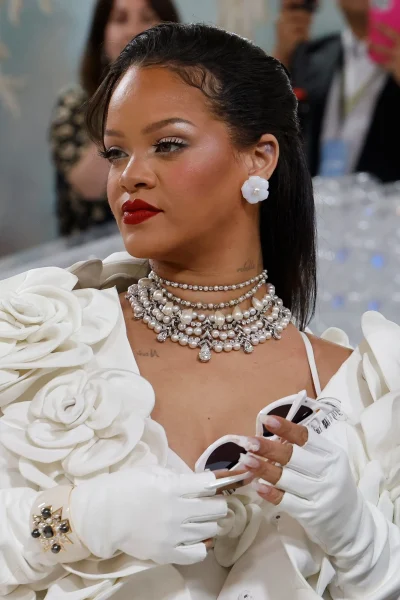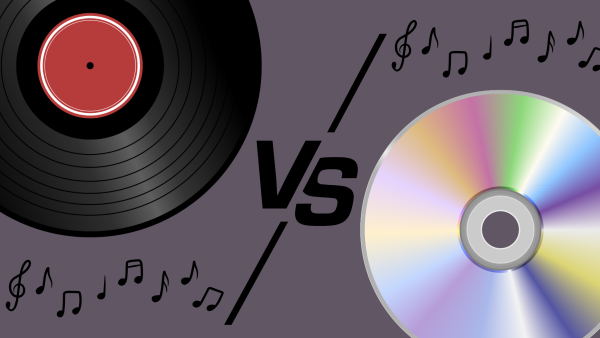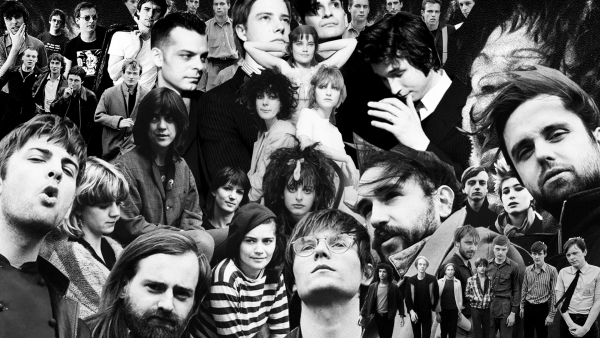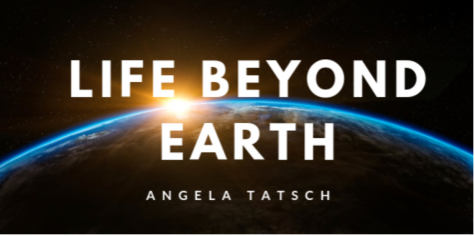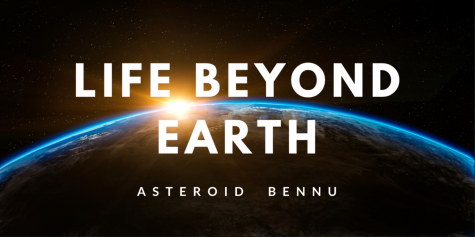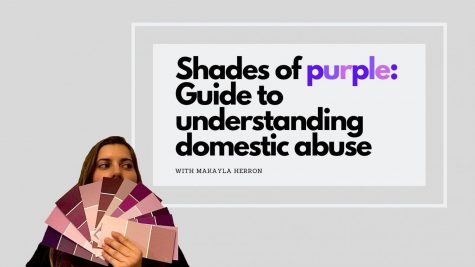Controversy Behind Cosmetics
Makeup aisle at Wal-Greens.
The American cosmetics industry is one of the largest and most influential in the world. Nonetheless, the average American spends quite a bit to improve their appearance. After asking 2,000 Americans the amount of money they spend on their appearance, a survey done by The New York Post found that the average American woman spends $3,756 on her appearance every year, 22 percent more than the $2,928 the average American man spends. The rise of social media has significantly contributed to the growth of the amount of makeup that is purchased by individuals. With high-profile celebrities like the Kardashians and Kylie Jenner creating their own makeup lines and using their influence to promote it to millions of followers, those who idolize these figures believe that purchasing these products can make them more like those they admire. However, while social media has led to the purchase of more makeup, it has also made a positive impact on the cosmetics industry.
I am not someone who wears makeup every day, nor am I someone who stays up-to-date with the latest makeup trends. I always use the extra 30 minutes in the morning before school to sleep in instead of doing my makeup. However, even though I am not well versed in the beauty industry, the way that modern media has changed it has certainly caught my eye.
Due to the digital landscape, cosmetic companies have started to become more diverse. One cannot talk about diversity without mentioning Rihanna’s makeup line Fenty Beauty. This line, founded in 2017, features 40 different foundation skin tones and therefore is marketable to people of all shades. I myself own a bottle of the Fenty foundation just because I was so proud of this cosmetics line for featuring skin tones darker than mine. Social media let Rihanna understand just how much the makeup industry lacked in diversity and allowed people to share their stories about finally finding their perfect shade. This acted as a wake-up call to other beauty companies to finally include some diversity in their makeup, such as Target’s launch of eight diverse beauty brands and Colourpop’s release of 30 concealer shades.
Social media has not only acted as an instrument to spread diversity in the beauty industry, but it also helped to call out companies for their lack of. When Tarte Cosmetics launched a foundation line featuring 30 shades, a majority were of the lighter variety and the arm that was used to swatch the shades was of a darker complexion and didn’t even have a shade match with the line. Many took to online platforms like Twitter and Snapchat and immediately called Tarte Cosmetics out on their lack of diversity. The company later released a statement that they were eventually going to make their makeup line more diverse. With social media, diversity is finally becoming a factor in determining the quality of cosmetic lines.
With male makeup influencers like Jeffree Star and Manny MUA becoming popular figures in the industry, the stigma that men should not wear makeup is being challenged. This allows for young boys who have an interest in makeup to know that is okay for them to express themselves, even if instances like where a young boy was told that wearing makeup was against his school’s dress codes. After this incident spread online a petition was created to help support the young boy. The reaction to this incident is evidence that the modern form of media is being used to eliminate standards of beauty, and helps individuals find a place where they belong. Social media is a positive influence on the beauty industry and has allowed for it to expand in an impactful way.



